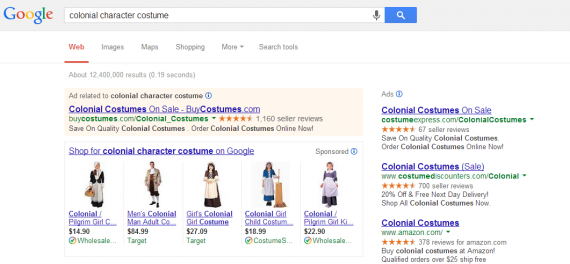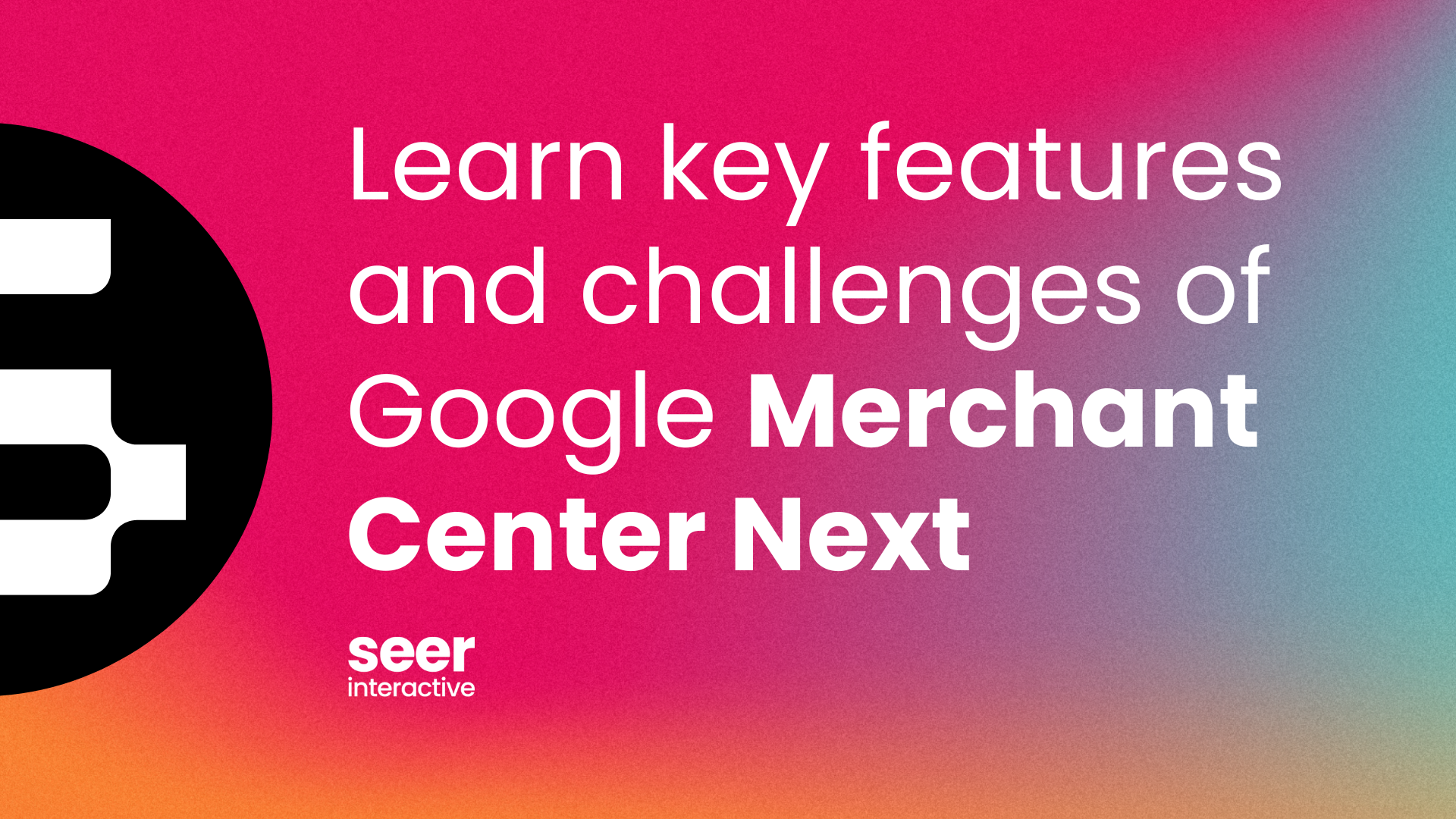Don’t let the late, great Thomas Jefferson fool you. Despite what TJ and his buddies wrote in the Declaration of Independence*, all conversions are NOT created equal. This post explains the different types of conversions tracked in Google AdWords, where to find them and when to use them.
The basics: what are conversions and why should I track them? Speaking of Jefferson, you remember that time you thought it was a good idea to buy a colonial character costume for no reason at all? You searched for one on Google, clicked on an ad, and purchased one on the site the ad took you to. Boom. That’s a conversion.

But you didn’t just have to purchase something to trigger a conversion. I tried to talk you in to waiting until there was a sale to buy your cool new outfit. Had you clicked on the ad and signed up for the site’s “Weekly Deals” e-newsletter instead of purchasing right away, that also would have been tracked as a conversion.
Plain and simple, a conversion happens when someone clicks your ad and then takes an action that is valuable to your business, like a purchase or email sign up. Conversion Tracking is a free tool in AdWords so there’s really no reason not to take advantage of it if you’re an AdWords advertiser who sells products online or collects business leads on your site. With Conversion Tracking, you can see which keywords, ads and campaigns are driving the most business.
My colleague Ally simplified the answer to "what is a conversion" even further in a previous post.
Here’s where it gets interesting: what’s all this 1-per-click and many-per-click business? I remember the time I found out that multiple conversions could be traced to one click, and the time I was told a conversion could be tracked even if a consumer didn’t click on my ad. My mind exploded. But when you think about it, it all makes perfect sense. I’ll come back to that in a bit.
Conversions (1-per-click): According to AdWords, conversions (1-per-click) count one conversion for every click that results in a conversion within your conversion window (usually 30 days). Say that ten times fast. But it’s pretty simple. In other words, multiple conversions after the initial click are not counted. Just the initial conversion is counted. Conversions (1-per-click) are ideal for lead-generation programs because you only need a unique consumer to sign up for your e-newsletter, whitepaper or contact info. form once. By default, conversions (1-per-click) typically already appear in your AdWords dashboard (shown below) along with the cost per conversion and conversion rate.

If you don’t see conversions (1-per-click) in your AdWords dashboard, here’s what to do:
• Click the “Columns” button and select “Customize Columns” from the drop-down menu. • Click “Conversions” from the “Metrics” options. • Click “Add” for whichever conversions you want to add to your AdWords dashboard. • Click “Apply” to finish. You can also check the “Save this set of columns” box so that the metric you added is always shown in the dashboard unless you remove it.
Conversions (many-per-click): According to AdWords, conversions (many-per-click) count a conversion every time one is made after an AdWords click, within your chosen conversion window. In other words, conversions (many-per-click) will count multiple conversions per click. This type of conversion tracking is ideal for e-commerce companies because any number of purchases is valuable for that business.
Think about it: you clicked on the ad for colonial character costumes, made a purchase that same day, decided you needed a new costume for Halloween, went back to the site two weeks later and made a second purchase. Although you didn’t click on the ad the second time, Conversion Tracking attributed that second purchase to your original click. Voila! That’s conversions (many-per-click) in action. Even if you went back and signed up for the e-newsletter or filled out a form for more info., it would have counted as a many-per-click conversion. In other words conversions (many-per-click) can track many of the same types of conversions or different conversion actions.
To get conversions (many-per-click) to appear on your AdWords dashboard, follow the same steps listed above.

View-through conversions: The wild card of conversions. According to AdWords, view-through conversions happen when a customer views (but doesn't click) your image or rich media ad on Google's Display Network before converting.
Say what?
This differs from the two previously mentioned types of conversions in that they both required a click through. There’s been plenty of debate as to how much stock you should put in to VTC’s due to a number of factors, most notably, whether the consumer really even saw your ad in the first place. But it is a metric that Google AdWords (and Facebook) offers so it shouldn’t be ignored if you’re running image ads. VTC’s could be helpful in comparing display ad performance and determining which sites on the Display Network are performing better than others.

That was a basic overview of some of the main types of available conversion tracking that’s out there for PPC advertisers. Google offers instructions on how to set up conversion tracking in AdWords so you can see what consumers are doing after they click on (or view) your ad.
I hope you’re inspired to dig a little bit deeper in to how you’re currently tracking conversions and if you can be doing it more effectively.
Thanks for reading.
*I didn’t major in history.

